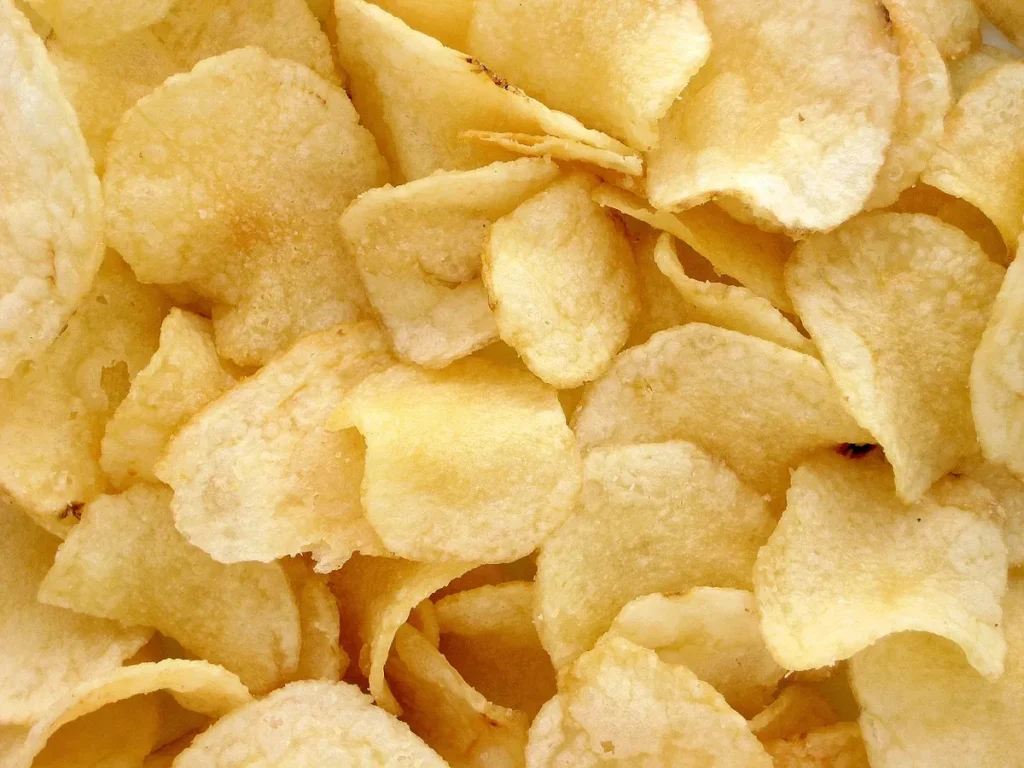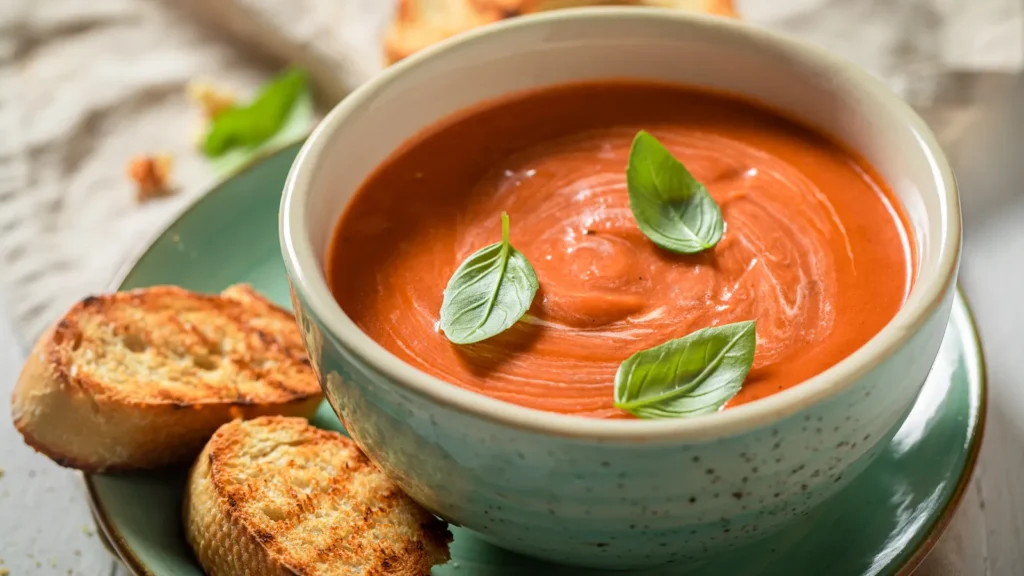Introduction:
High blood pressure is one of the most common health ailments millions of people face today. From medicine and changes in lifestyle to diet, the ways of managing it are many. In this article, we will explore,
15 Foods To Avoid With High Blood Pressure
Processed Foods: Processed foods often come enriched with sodium, which increases blood pressure levels a lot. It is highly advisable to avoid them, such as canned soups, frozen meals, and packaged snacks like biscuits, chips, and pretzels.

Too Much Salt: the most significant in “15 foods to avoid with high blood pressure” Consuming too much sodium is one of the major risk factors for developing hypertension. Limit your consumption of table salt, and be on guard against concealed sodium in processed foods.

Fast Food: Fast food is notoriously high in levels of sodium, unhealthy fats, and excess calories. Reaching for fast food on a regular basis has been linked to obesity and high blood pressure.

Processed Meats: Deli meats, sausages, and bacon are loaded with sodium and unhealthy fats. Opt for lean and unprocessed meat, like chicken, turkey, or fish.

Sugary Drinks: Added sugar present in sugar-sweetened beverages, including soft drinks and fruit juices, may be a simple explanation for the causes of weight gain and high blood pressure. Drink water, herbal tea, or go unsweetened instead.

Too Much Caffeine: Though moderate amounts of caffeine are generally not dangerous, high doses may raise blood pressure temporarily. Monitor your intake of coffee and energy drinks.

Alcohol: Drinking too much alcohol will raise your blood pressure. If you drink, do so in moderation, and red wine is best, though in moderation also, because it contains heart-healthy antioxidants.

Canned Vegetables: Many canned vegetables have added sodium as a preservative. Choose fresh or frozen varieties, or look for low-sodium options.

Pickles and Fermented Foods: Such foods are naturally high in sodium due to fermentation. Limit your intake if you have high blood pressure.

White Bread and Pastries: The refined carbs found in white bread and pastries trigger weight and blood pressure. Instead, opt for whole-grain.

Full-Fat Dairy: High-fat dairy products, like whole milk and cheese, can raise blood pressure. Reach for low-fat or nonfat versions instead.

Canned Soups: Canned soups are notoriously high in sodium. This salt enhances taste but is added to extend the shelf life of these products. Seek out lower-sodium options, or try making your own soups from scratch.

Sauces and Condiments: Many sauces and condiments are very high in sodium. Ask for reduced-salt or homemade versions, flavoring with herbs and spices instead.
Pre-packaged Snacks: Takeaway snacks like chips, pretzels, and crackers are all loaded with sodium. Have the low-sodium versions of these foods, or opt for healthier snack options like nuts or fruit.
Desserts and Sweets: Things like cakes, cookies, and candies are loaded with sugar and unhealthy fats that will raise your blood pressure.

Lowering blood pressure through diet is a crucial aspect of managing hypertension.
Foods to Include in Your Diet to Lower Blood Pressure
Dietary intake is very key in reducing blood pressure. It is an important constituent while controlling high blood pressure. So here are foods you can have at home in your diet to help in the lowering of blood pressure with “15 foods to avoid with high blood pressure.”
Leafy Greens: Green leafy vegetables such as spinach, kale, and collard greens are rich in potassium, which counteracts the ill effects of sodium.
Coconut Water is a must

Berries: Blueberries, strawberries, and raspberries are a good supply of flavonoids—antioxidants that seem to help bring down blood pressure.
Beets: Beets happen to be a great source of nitrates. The body converts these nitrates into nitric oxide. Nitric oxide is a compound that helps dilate blood vessels, improving blood circulation and, hence, lowering blood pressure.
Oats: Oats are rich in fiber, particularly one type called beta-glucans. It has been associated with a decrease in both systolic and diastolic pressure.
Bananas: This is another rich source of potassium, one of the essential elements in maintaining healthy blood pressure.

Fatty Fish: Fatty fish like salmon, mackerel, and trout are good sources of omega-3 fatty acids. These have been associated with decreased blood pressure.
Garlic: Garlic offers allicin, the active principle known to play a role in reducing hypertension and enhancing total heart health.
Nuts and Seeds: Almonds, flaxseeds, chia seeds, and walnuts are rich in magnesium, which works in conjunction with potassium to control blood pressure levels.
Avocados: Avocados are a rich source of potassium, healthy fats, and fiber—all these foods draw a precautionary note against heart disease and blood pressure.
Legumes: Some foods, such as beans, lentils, and chickpeas, are very high in fiber, magnesium, and potassium—all foods that naturally lower blood pressure.
Dark Chocolate: Dark chocolate that contains a high percentage of cocoa is dense in flavonoids, which may help blood vessels relax and blood pressure drop.
Olive Oil: Extra virgin olive oil is abounding in antioxidants with monounsaturated fats, which seem to do their work quite right by bringing down blood pressure.
Pomegranates: Packed with potassium, other heart-healthy nutrients, pomegranates have been associated with reduced blood pressure.
Yogurt: Low-fat, unsweetened yogurt is a good source of calcium and probiotics, which may lower blood pressure.
Herbs and Spices: Herbs like basil, cinnamon, and cardamom have been associated with lowering blood pressure.
Remember that it is always a balanced and varied diet. That will espouse a strong bid in keeping the blood pressure at home, with these foods added to the meal, excluding the list of “15 foods to avoid with high blood pressure,” and reducing sodium. Always seek a professional on the dietary recommendations.
